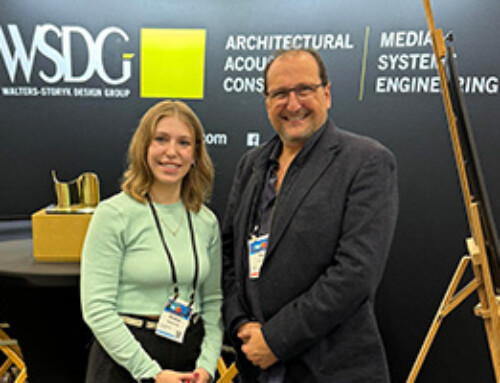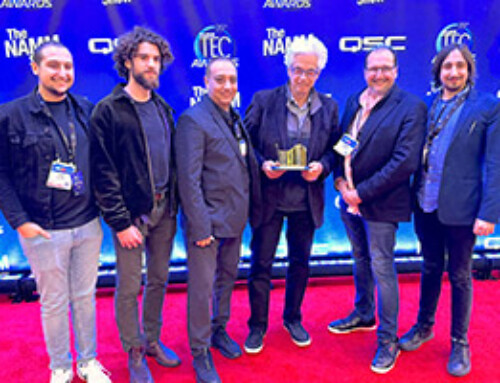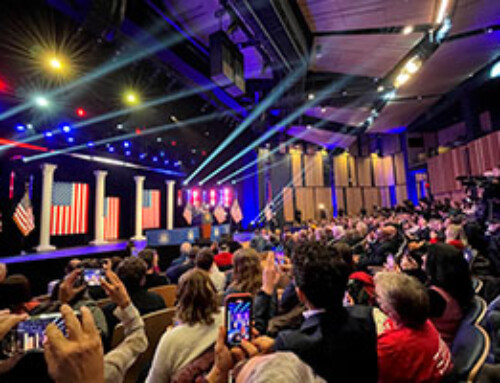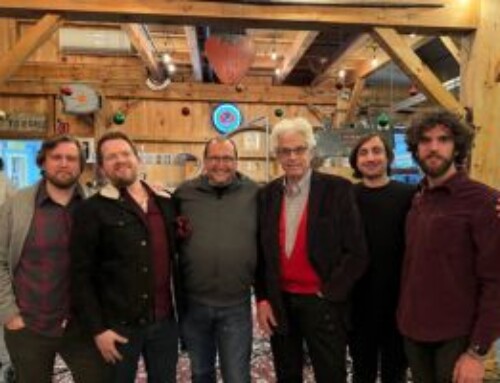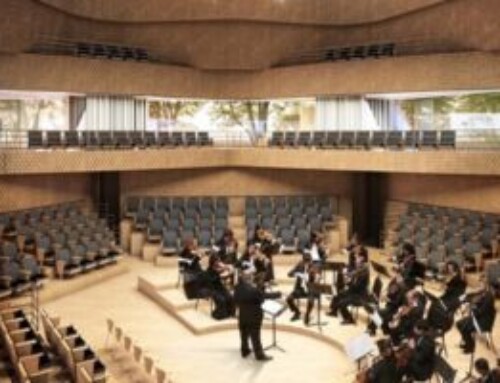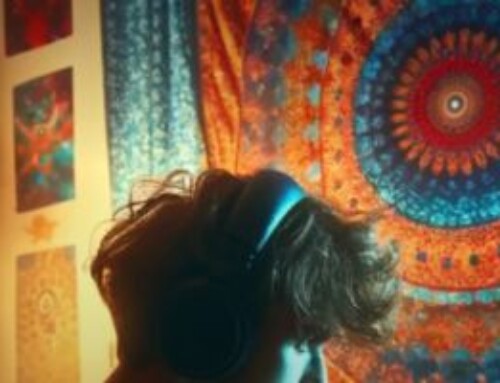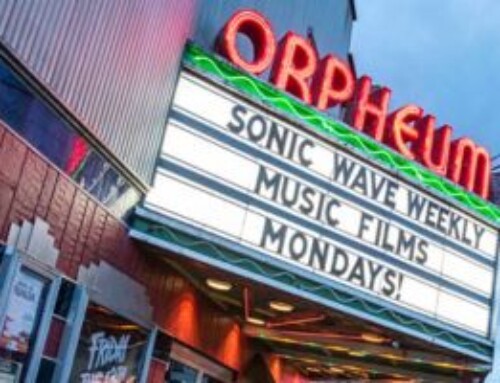 WSDG – Project Page
WSDG – Project Page
Walters-Storyk Design Group specializes in critical listening and viewing environments applicable to faith-based spaces.
 Innovative and affordable acoustic solutions exist for curbing bursts of ear shattering entertainment, and for masking mind-numbing ambient sound. Sound isolation has two objectives: Keeping the noise we make from intruding on our neighbors, and keeping noise generated externally from interfering with our powers of concentration. From Buenos Aires to Beijing, from Zurich to NYC, the need to rein in the volume while simultaneously pumping up the pleasure grows increasingly problematic. However, innovative and affordable acoustic solutions exist for curbing bursts of ear shattering entertainment, and for masking mind-numbing ambient sound.
Innovative and affordable acoustic solutions exist for curbing bursts of ear shattering entertainment, and for masking mind-numbing ambient sound. Sound isolation has two objectives: Keeping the noise we make from intruding on our neighbors, and keeping noise generated externally from interfering with our powers of concentration. From Buenos Aires to Beijing, from Zurich to NYC, the need to rein in the volume while simultaneously pumping up the pleasure grows increasingly problematic. However, innovative and affordable acoustic solutions exist for curbing bursts of ear shattering entertainment, and for masking mind-numbing ambient sound.Four brief case histories from the files of acoustic technology/systems integration leaders Walters-Storyk Design Group provide examples of diverse sound pollution causes and cures.
Le Poisson Rouge – New York, USA
Le Poisson Rouge is one of the coolest, and most successful, new clubs introduced to NY’s Greenwich Village in recent years. A sublimely flexible performance space, LPR’s live performance hall can accommodate audiences of up to 800. It features a large, fixed stage and smaller (trundled) center-room stage for more intimate performances. Guest artists have run the gamut from Paul Simon to Rickie Lee Jones, Yoko Ono and St. Vincent. Directly adjacent to the live room sits the LPR events lounge. Created to accommodate art exhibits and ‘low volume’ gatherings of up to 130 guests, the lounge is more focused on social interaction than performance-driven entertainment. Thanks to WSDG’s signature, recording studio acoustics expertise, LPR’s event and performance environments co-exist completely independent of each other. Decoupling construction technique were engaged to isolate sound. WSDG co-principal, John Storyk explains. “LPR is a textbook example of successful sound isolation. John Zorn might be wailing an ear-piercing saxophone riff on stage, but the guests in the lounge will be oblivious to the music. We’ve precisely ‘tuned’ the live room to complement virtually any style of performance artist, and we’ve received as many compliments on the quality of the sound within that space as we have for the lack of sound leakage into the lounge area,” he says.

The Faena Arts Center is a prime example of repurposing significant buildings. Built in 1906, the immense structure has been transformed into a new office/residential complex, and its enormous 20,000 sq. ft. gallery has been reconfigured into a pair of multipurpose event halls. WSDG’s principal acoustic challenge was ensuring 100% isolation between the two halls, each of which required high SPL and simultaneous 24/7 operation for trade shows, concerts, weddings, etc. The developer’s deepest concern was maintaining absolute acoustic integrity for the luxury apartments located directly above the halls. His directive was simple “No matter what’s going on downstairs, we must have ZERO noise impact on the apartments!”To meet that challenge, WSDG designed a fully decoupled and isolated solution inspired by their vast recording studio/acoustic design experience. The scale of these halls, however, dwarfed even the largest live recording room. The main hall is 164 ft. long x 80 ft. wide and 45 ft. high, with oversized windows, marble floors and immense doors. The isolation design parameters permitted no audible impact whatsoever, in the bedrooms immediately adjacent to the space – a mere 3 feet away. WSDG’s solution called for the majority of the room’s acoustic absorption to be provided by a stretched fabric ceiling packed with 10 inches of concealed acoustic baffling. This vast “ceiling cloud” was installed above the room’s technical catwalk, enhancing overall speech intelligibility.
The Atlantis Club – Basel, Switzerland

Occasionally, innovative technology can provide an alternate corrective to physical acoustic solutions. The Atlantis Basel is one of Switzerland’s largest and most historic music halls. Founded in 1947 it has evolved through jazz, rock, and DJ Club incarnations. Most recently, it was reconfigured as a hybrid restaurant/lounge/business event/party venue. To ready the club for its new role (and to maintain a cordial relationship with its upscale, residential neighbors), WSDG’s Basel office was retained to overhaul the club’s audio system and overall acoustic footprint. “The Atlantis occupies a beautiful, centuries-old building,” says Dirk Noy, GM, WSDG Europe. “There were real concerns about noise intruding on other residents. To meet this challenge, we proposed the first Swiss installation of the Martin Audio Engineer, an innovative audio processor that engages a psychoacoustic effect known as ‘Residual Hearing’ This sophisticated processor enables the audience to ‘perceive’ low frequency energy not actually emitted by the sound system. We also stipulated a Cesva LRF-05 processor and limiter as a ‘loudness emergency brake.’ This processor receives its sense input from a black box, which further aids in isolating audience din. And it simultaneously records sound levels for logging purposes, a legal requirement in Switzerland. To date, club fans have been ecstatic with the sound systems, and the neighbors, unaware of it. Perhaps, like U.S. highway speed limits, official dB level requirements widely enforced throughout Europe should be considered as a noise corrective solution in America.

54 Below is a classically designed supper club sandwiched between two of Manhattan’s busiest subway corridors, and situated directly beneath the world-famous Studio 54 (now a successful musical theater). Since opening in 2012, this intimate venue (capacity 160) has quickly gained worldwide recognition. WSDG’s primary goal for this elegant venue was to create a balanced reverberation time while astutely addressing issues of intrusive noise. Critical testing revealed that little additional isolation was necessary to address low frequency noise transmissions and the physical rumble from the nearby subways. In fact, the consensus was that the audience would accept moderate acoustic leakage as part of the “charm” of the NYC club-going experience. However, a high-pass filter was stipulated for use on the microphones in critical recording situations. Specialized acoustic door seals were specified to further aid in addresing sound leaks. Custom diffusion panels covered with stretched fabric, and mounted in filigreed frames, simultaneously enhance the room’s aesthetics while tuning the space for maximum listening clarity and warmth. WSDG also contributed to the design of custom banquet seats, which incorporate low frequency treatments that enable them to serve as acoustic absorption elements. The result is a cozy, yet sophisticated environment with impeccable acoustics that appeal to upscale audiences and, to classic entertainers ranging from Ben Vereen and Patti LuPone to film star/troubadour, Jeff Daniels. There is an element of incongruity to the notion of building elite homes directly over venues devoted to hyper-social commotion. However, the issue of sound isolation in today’s intensely social world resonates more loudly with the introduction of every new gathering place. Effective (sound) barriers can make for more receptive (and much happier) neighbors.


